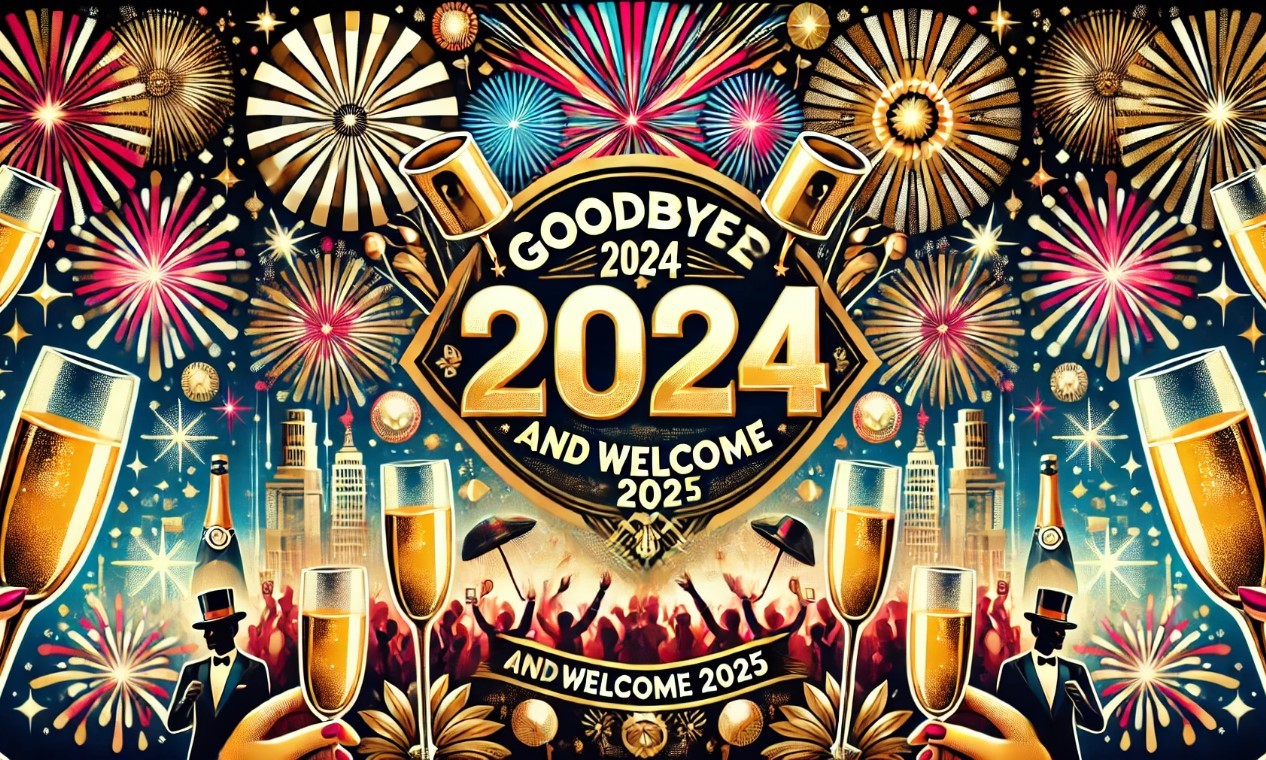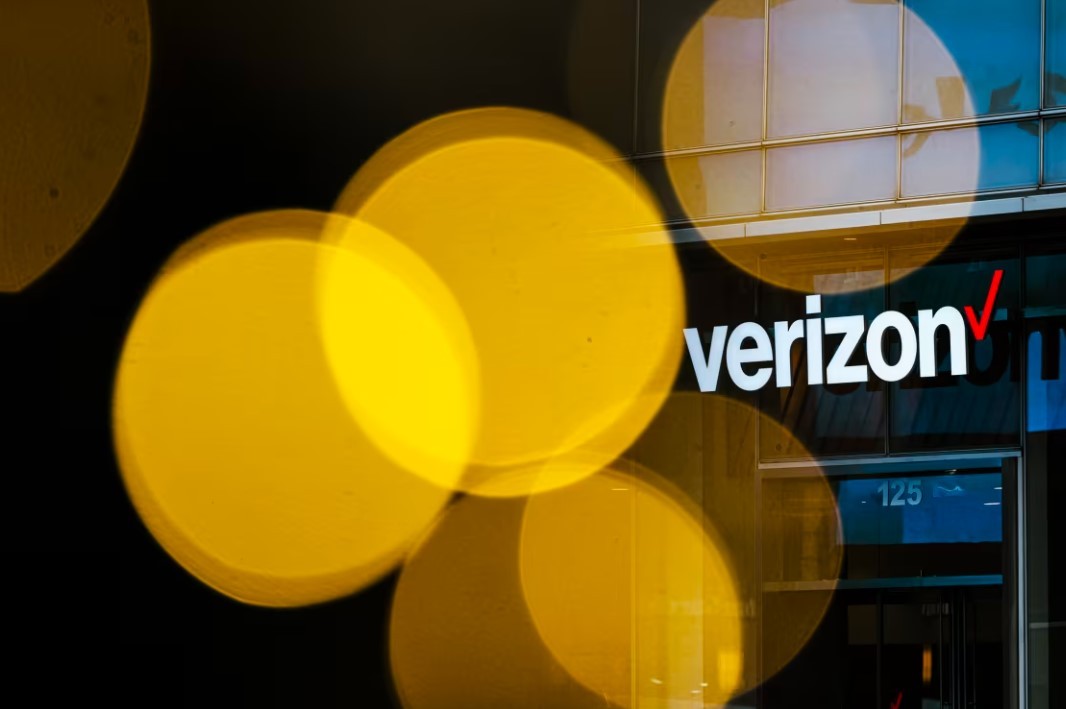What Are New Year Traditions in the UK
On New Year's Eve many people still stick to well-honed new year traditions to welcome the arrival of January – some of them stranger than others.
The new year is great time for a fresh start: for taking out the old and bringing in the new, at home and beyond in the UK
Here’s how they came about, what they signify and how you can carry them on.
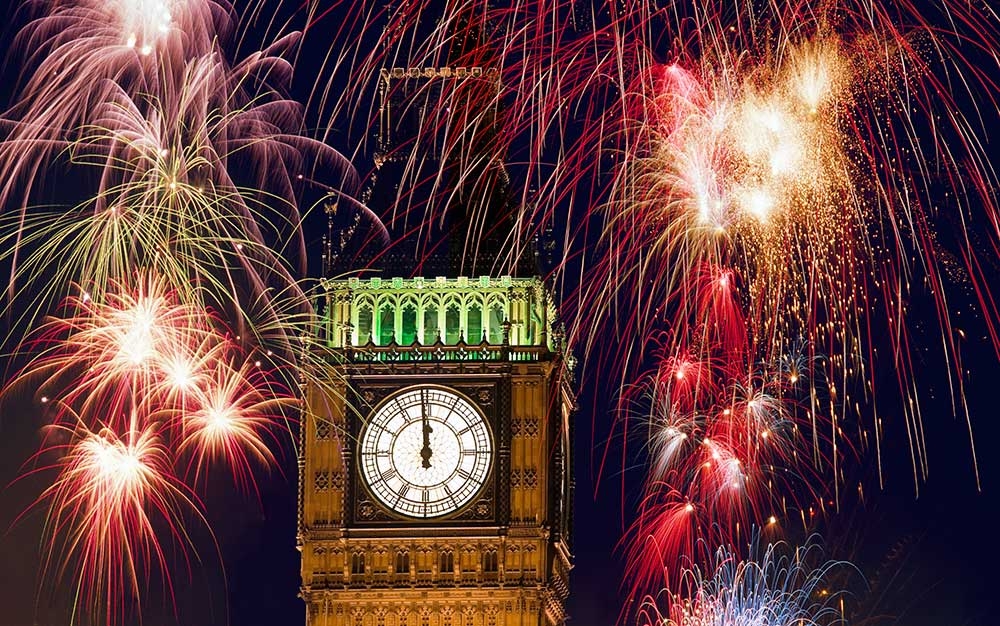 |
| Photo: The Telegraph |
Most Popular New Year Traditions in the UK
Sing that song
On 31 December, as the clock strikes 12, many people find themselves linking arms and attempting to merrily mumble along to Auld Lang Syne, without shedding a nostalgic tear.
The old Scottish folk song – the words to which few people know beyond the first line – was adapted by Robert Burns in 1788 after he heard it sung by an old Scotsman.
It reminisces about the good, old days and old friendships, suggesting they can be rekindled with kindness and a goodwill drink – and serves as a reminder to drop your loved ones a call or text, or better yet, invite them home for a drink.
The anthem caught on as a new year tradition after Canadian-born bandleader Guy Lombardo got his orchestra to play it on his US TV and radio show every new year from 1929 to 1977.
Repeat the saying
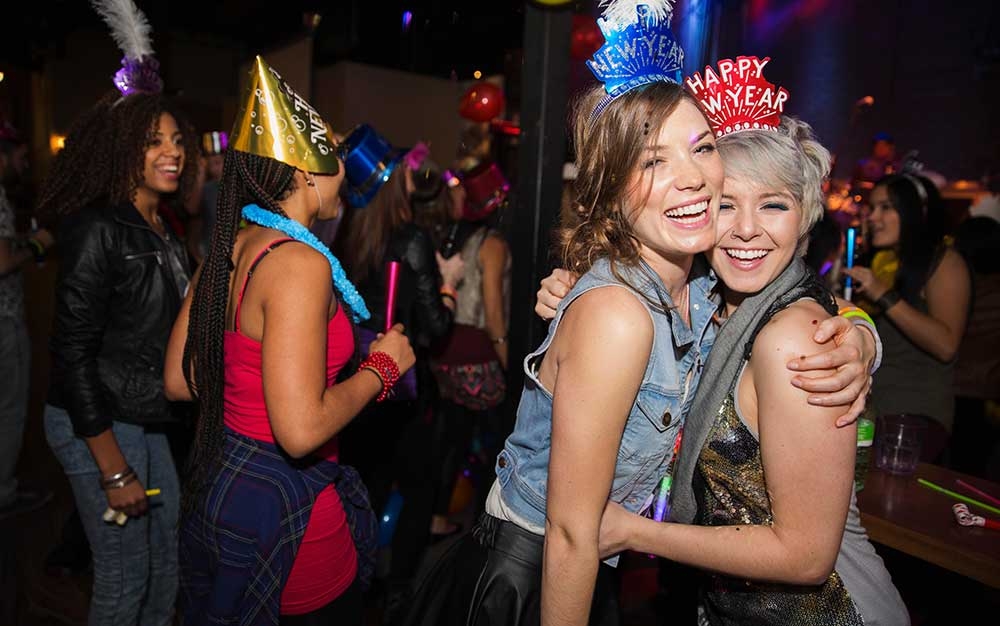 |
| Photo: The Telegraph |
Just as the clock is about to strike midnight on New Year’s eve, the tradition in Yorkshire dictates that one should say “black rabbits, black rabbits, black rabbits”, and then, as the clock chimes 12, say “white rabbits, white rabbits, white rabbits”. This is said to bring good luck.
Let it burn
Scots passionately welcome the new year, “Hogmanay”, with celebrations that start on 31 December and can go on for another two days, hence why 2 January is a national Scottish holiday.
It is thought Hogmanay celebrations grew in popularity when the Vikings invaded Scotland and fires were lit to ward off evil spirits and celebrate the winter solstice.
Around 1583, the celebration of Christmas was discouraged by the Church of Scotland, so New Year became a much bigger thing.
These days, a great party ensues, with fire festivals and fireworks playing a part; the idea is that fire signifies the power of the sun to purify and consume evil spirits.
Other local superstitions include the ritual of cleaning your house and clearing any debts you may have before midnight on 31 December, and first footing, see below.
Best foot first
According to the Scottish superstition of first-footing, the first person to enter a household in the new year will dictate its fortunes for that year. A “lucky” first-footer is a dark-haired male who arrives bearing a coin, lump of coal, piece of bread and a drink (which would be whisky, in an ideal world).
These items are said to represent financial prosperity, warmth, food and good cheer. Dark-haired males are preferred because back when the Vikings invaded, the arrival of anonymous fair-haired men on your doorstep would have signalled trouble.
In Worcestershire, the first footer role has been transferred to the first carol singer to cross the threshold in the new year. While in Yorkshire, they’re less fussy about whether the arrival is dark haired or not, but he must definitely be male. But woe betide any red-head that tries to get across the threshold first. Who needs that kind of jinx on the entire year?
Today, people celebrate first-footing by visiting each other’s homes after midnight, to share.
Guisers Of Fire
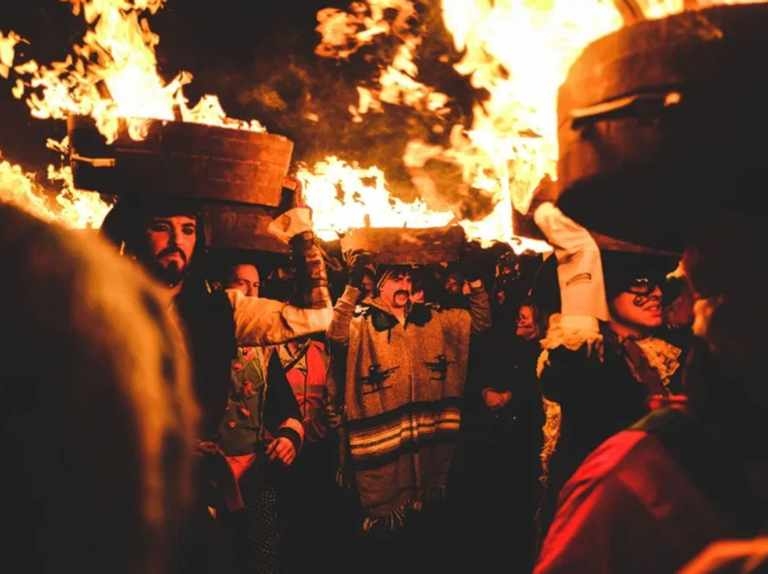 |
| Photo:Countryfile.com |
In Northumberland (as is the case in a lot of places where alcohol is brewed), there’s the Allendale Tar Barl Festival on December 31st, where whiskey barrels are filled with burning tar, kindling and sawdust and paraded through town on the heads of Guisers (the name given to the flame-retardant people carrying the barrels).
Fireball and Chain
Meanwhile, in Stonehaven, near Aberdeen, Scotland, a similar thing is going on. Except the fire is a bit more portable, and often accompanied by pipe bands and drummers, cites bbcamerica.
Comrie Flambeaux
And over in Comrie, Perthshire, a procession is made through the town comprising eight torches, which are ceremonially hurled into the River Earn, to cast out evil spirits. It clearly works, too, because Comrie is a lovely place, bereft of spirits of any sort.
Good luck charm
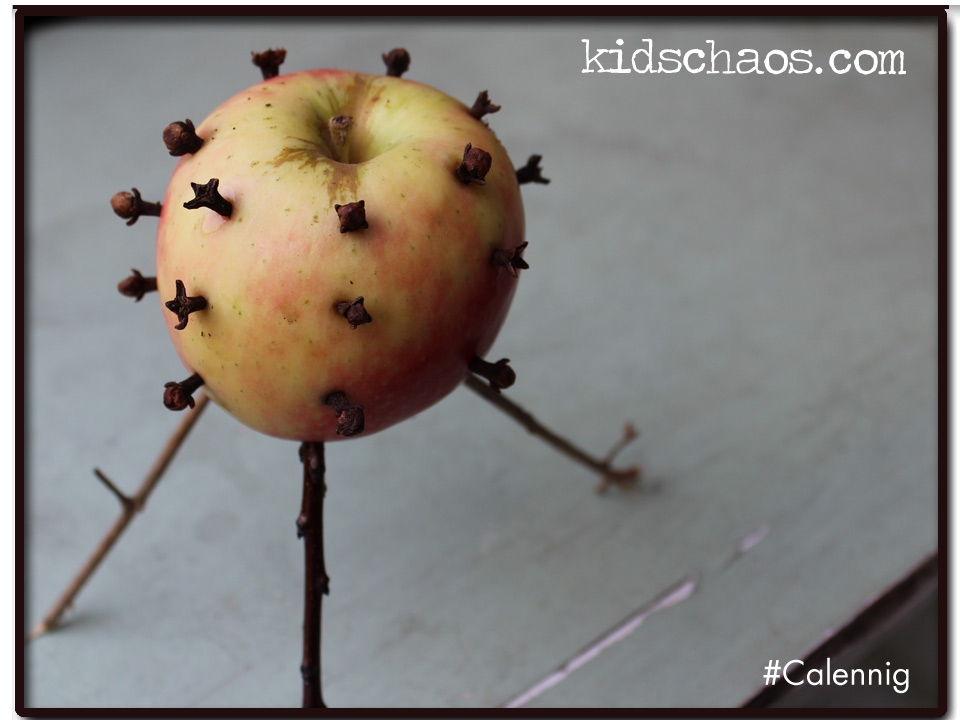 |
| Photo: Fun Crafts Kids |
In Wales, “calennig” means New Year’s gift, and a decorative tabletop structure known as a calennig apple is sometimes prepared by children in the run-up to 31 December.
You basically make a tripedal stand for the apple by sticking the twigs in, and coat them with dried fruit and nuts, and add a sprig from an evergreen on the top. This then becomes a decoration for windowsills and mantelpieces, to bring luck to the household in the forthcoming year.
| An apple is studded with cloves and sprigs of evergreen, and propped up by a tripod of twigs. This becomes a windowsill or mantelpiece decoration and is considered a symbol of luck for the home. On New Year’s day, children call from door to door with the calennig apple in their hands, singing and bearing good wishes for their neighbours in return for small gifts of food and money, according to the telegraph. |
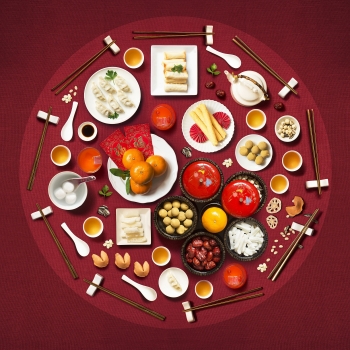 Unlucky Foods to Avoid During New Year and Beyond Unlucky Foods to Avoid During New Year and Beyond Superstitions about unlucky foods get forgotten — or ignored — around the New Year, but that doesn't mean they're not out there. So, follow this ... |
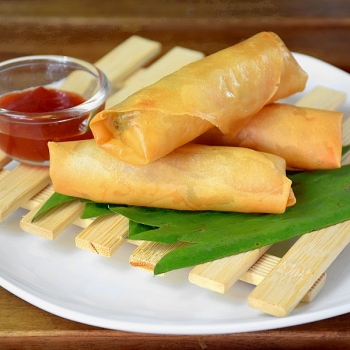 Top Foods that brings good luck to you during Lunar New Year Top Foods that brings good luck to you during Lunar New Year Lunar New Year is traditional holiday in which all the traditional foods will be displayed with the hope to bring luck to family. Know Insider ... |
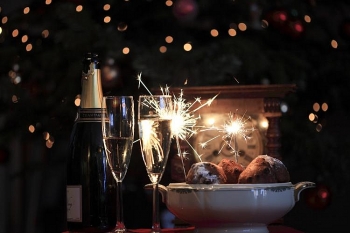 Top 20 Popular New Year Dishes In the World Top 20 Popular New Year Dishes In the World New year approaches. You are worried about new year's food for your family and the guests. This article will help you. New Year’s Eve food ... |



